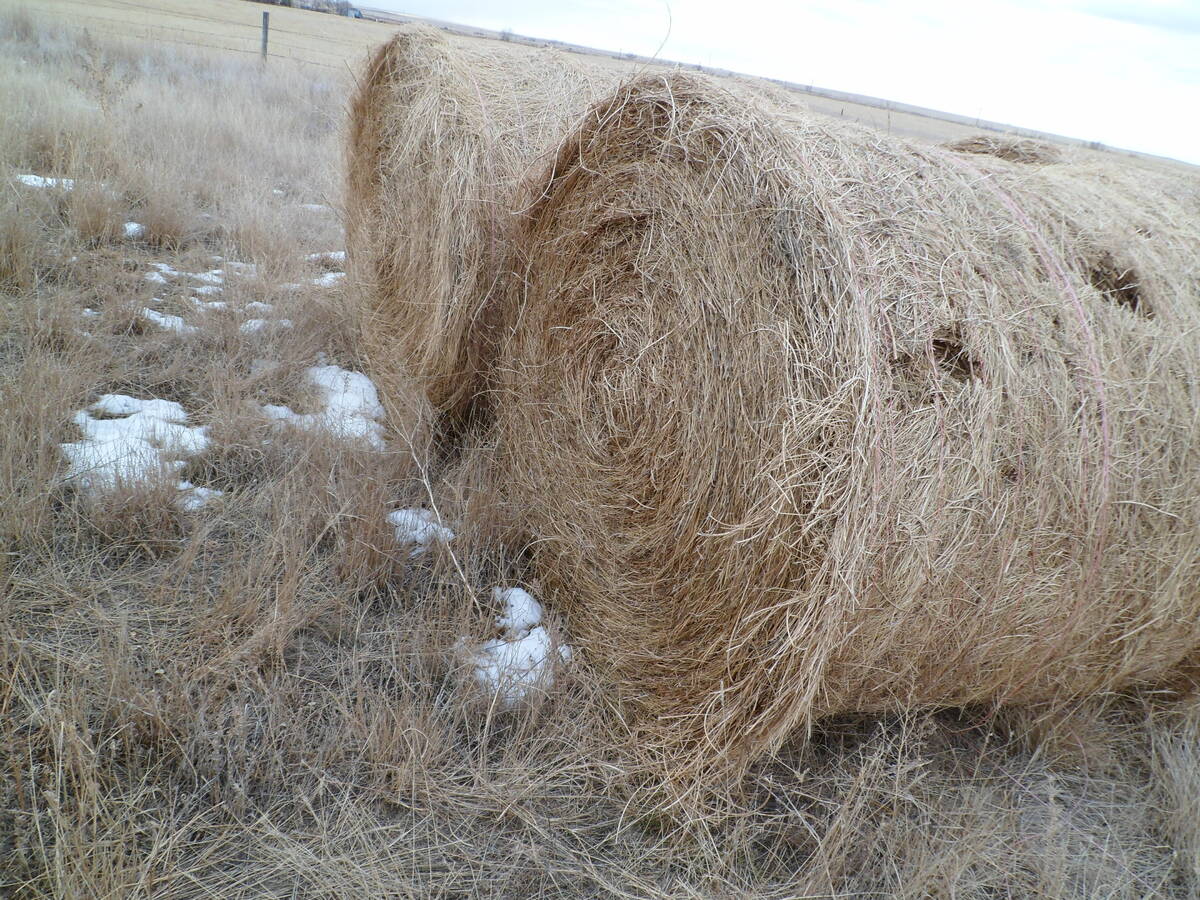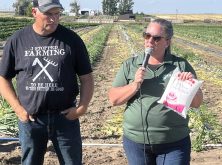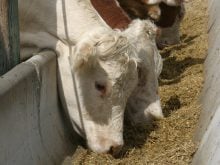Alberta is marking 75 years of rat-free status.
An aggressive control program had made it the largest inhabited area in the world that is free of true rats.
There is no resident population of rats, and the rodents are not allowed to establish themselves.
Read Also

Fertilizer method’s link to emissions studied
A researcher says others studying greenhouse gas emissions aren’t considering how the loss of nitrogen into the atmosphere correlates with fertilizer application or if there is an impact to yield.
It does not mean Alberta never get rats. Small infestations occasionally do occur, but when found, the animals are isolated and eradicated.
“Alberta has proudly been one of the few jurisdictions on Earth to live without the pest,” Alberta agriculture minister RJ Sigurdson said in a news release.
“We have a zero-tolerance policy for rats. If we spot an infestation, we quickly eradicate it. As a result, we’ve prevented millions of dollars in damages to farms and homes and ensured deadly diseases stay out of our province.”
The province established the Rat Control Program in 1950 after Norway rats were found that summer on a farm in Alberta near Alsask, on the eastern border.
The discovery was made by field crews from the provincial health department, who were studying sylvatic plague, a disease of the Richardson’s ground squirrel.
Responsibility for rat control was transferred from the health department to the agriculture department’s Agricultural Pests Act.
Since then, Alberta has maintained a rat control zone along its eastern border with Saskatchewan.
It is 600 kilometres long and 29 km wide, running from Cold Lake in the north to the Montana border in the south.
Supported by the provincial government through funding and supplies, the seven municipalities in the zone bear the most responsibility for rat control. In addition, farmers, counties, pest control officers and the government’s rat control staff help maintain Alberta’s rat-free status.
“If we do find them, landowners are legally required to control them, and we have authority to enforce that,” said Karen Wickerson, the provincial government’s rat and pest specialist.
“The big part is public education. The government really focused on that in the beginning,” she said.
“If you look at invasive species campaigns, that’s always a big part of it, telling people why they don’t want these invasive species to become established.”
If not controlled properly at the beginning of a discovery, rat infestations could become a problem with alarming speed based on birth rates.
Wickerson said rats are capable of having litters every 30 days. It makes for a high reproductive rate for a species that is highly adaptable to their environment, making for one of the most successful invasive species on a global scale.
“Rats get into stored grain and they contaminate it with their urine and feces, making it not suitable for human or animal consumption, which causes big financial losses,” said Wickerson.
“They can cause damage to structures like barns, they can chew wires, and there would be large economic losses there with rats being present in an agriculture area.”
Rats have historically travelled long distances by stowing away on ships, cars, trucks and trains and within cargo containers, seeking out readily available food sources and shelter near humans.
Alberta does have geographical advantages in its efforts to control the pest.
“It is cold in the north, so they are not coming down from there, and they aren’t able to travel over the mountains. Montana has very few rats, as well. They have some more in their urban areas, but it was never a threat coming overland from Montana,” said Wickerson.
Alberta can sometimes be a victim of its own success.
Most”‘rats” reported in Alberta are in fact other rodents, such as muskrats. Those who are unsure can call 310-Farm or submit a picture, when taken safely, to rats@gov.ab.ca for verification.
The Rat Control Program link provides background information, including pictures of various animals for which rats can be mistaken.
“That is a unique thing to Albertans. If you have lived here your whole life, you probably have never seen a rat, so sometimes identifying them can be challenging,” said Wickerson.
“If you see a large rodent with a long tail like a muskrat, you might mistake it for a rat. “

















